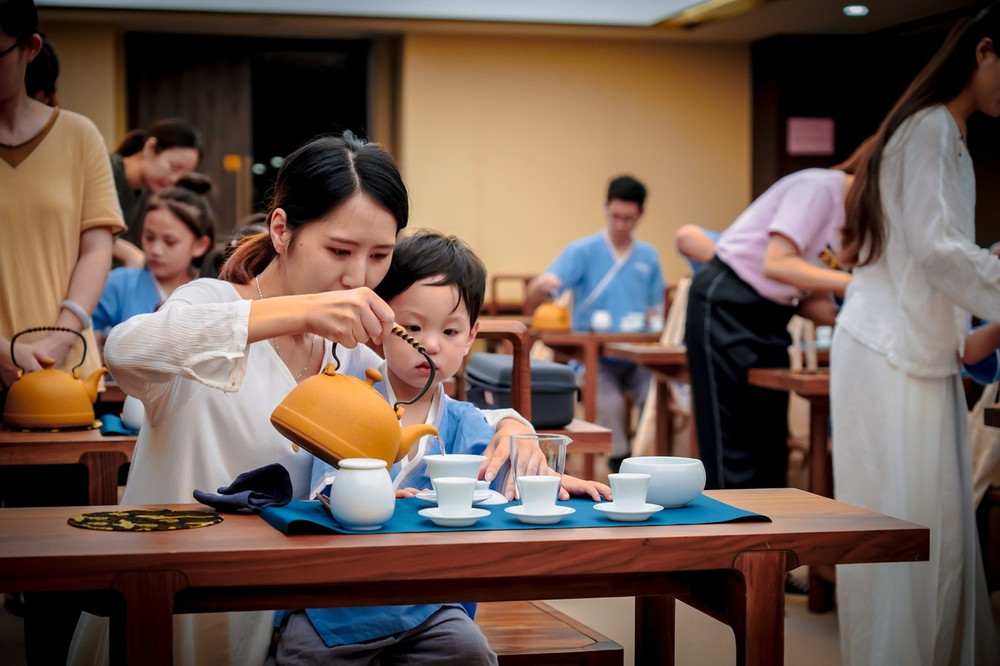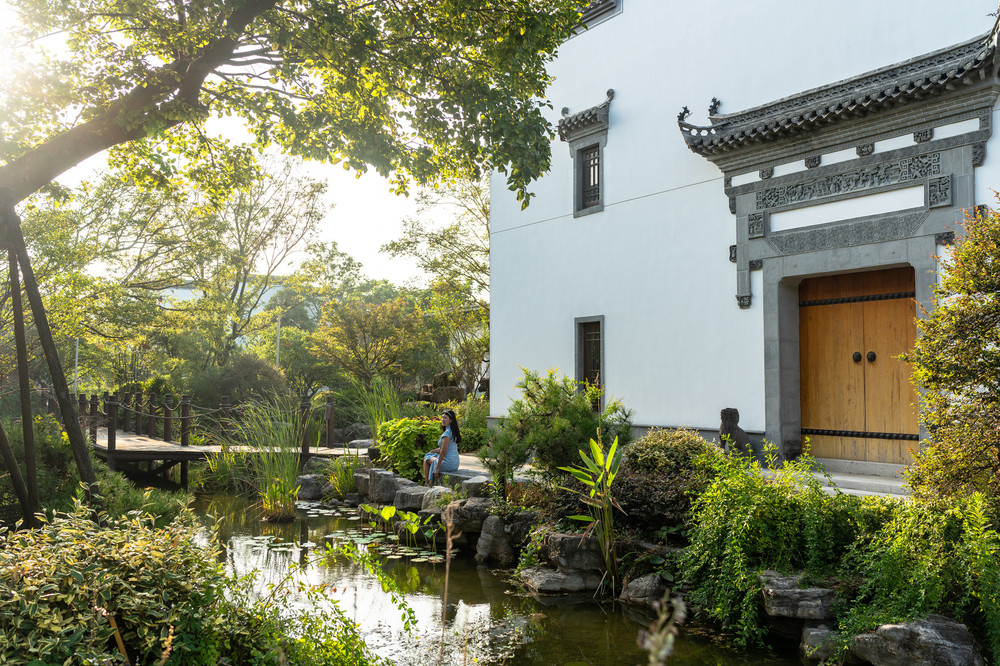Street food in Asia is not just a culinary experience; it’s a way of life. From breakfast to dinner, locals and travelers alike indulge in the vibrant flavors that reflect the culture of each country. Street vendors across Asia serve up fresh, simple, and quick dishes, often at a lower cost than cooking at home. This has led to a resurgence in the popularity of street food, with even MasterChef contestants opening their own Asian street food restaurants. Pop-up markets, food trucks, and traditional street food stalls have contributed to a newfound respect for global street food, debunking the myth that it’s unhealthy.
Why should you try street food? It’s one of the most affordable and authentic ways to experience the local cuisine. Street food is prepared with the freshest local ingredients, cooked right in front of you, and is a staple in the diets of locals. It also supports small businesses and provides an opportunity for cultural interaction as you wait for your meal.
Today, we’re introducing you to the top seven Asian street food items that have made their way into the menus of high-end restaurants and should not be missed when traveling through Asia. Let’s embark on this culinary journey.
Xiaolongbao – Shanghai, China: Known as ‘little-basket-of-steamed-buns’, this classic dish is a thin-skinned soup-dumpling filled with a variety of ingredients such as pork, shrimp, vegetables, crab meat, and aspic gel. Served steaming hot in bamboo baskets, a plate of these dumplings costs around CNY 20 or approximately 1 pound, making them an affordable and delicious snack. They are typically enjoyed with a of soy sauce, chili sauce, and vinegar.
Dive into the rich flavors of Asian street food with our guide to the top 7 dishes and where to enjoy them.
1. **Chinese Egg Rolls**: A staple in Chinese cuisine, these delicious snacks can be found at the popular Jia Jia Tang Bao Restaurant at #90 Huanghe Road, or around the South Bund area’s People’s Park Fabric Market and the Shangahai streets, as well as the Fangbang West Street area. It’s not uncommon to see the business and working class regularly enjoying this tasty treat.
2. **Indian Egg Rolls**: India offers a variety of Asian street food snacks, with egg rolls from Kolkata standing out. These rolls are a fusion of flat bread with eggs broken and cooked onto them, around a central filling of your choice like goat cheese, paneer, vegetables, mushrooms, chicken, or plain onions and tomatoes. Priced between 0.20 to 0.60 USD per roll, they can be found in every market area, shopping area, or crowded spot.
3. **Japanese Takoyaki**: The octopus-filled fried snack, takoyaki, is a must-try in Japan or globally. Served straight from the pan with a sauce similar to Worcestershire sauce called Katsuobushi, it’s a favorite in the eastern world. We suggest trying the takoyaki balls without the Katsuobushi glazing for those unfamiliar with Japanese food. The best takoyaki platters are available in Tokyo, costing 1 to 5 USD per plate.
4. **Korean Tteokbokki**: South Korea is known for its street food and kimchi. If you love spices, be prepared to try the kimchi with Tteokbokki skewers. This dish is a common sight on the streets of Seoul and is a must-try for any street food enthusiast.
The skewers contain seafood pancakes, chargrilled chicken, fish-shaped waffles fried crisp, and variations of wheat ramyeon, eggs, fish cakes, rice cakes and more. The plate with a Tteokbokki skewer is glazed with spicy gochujang or red-sauce made from vinegar fermented soybeans, dried fish and fiery red chilies, widely used in almost all Korean dishes including the famous street food bibimbap. Sit on a stool at Asian street food restaurants and interact with locals over a glass of soju wine or typical South Korean spirit under the makeshift tents called pojangmacha. Street vendors operate almost all night, offering varieties of food like chewy neutral-tasting tteok rice cakes and different skewers. If you prefer smoked versions, ask for tteokkkochi, which is tteokbokki threaded onto a skewer with your chosen rice cakes and served with fish, chicken, eggs, etc. The kimchi there may be fiery hot and the sauces can be eaten with bland rice, making the dish very filling and considered a full meal by many.
Som Tam in Bangkok, Thailand: Thailand in the eastern Asian world cannot live without spicy Asian street food and fiery hot chilies. Thailand has its own version of street food salad called Som Tam. At its simplest, it’s a recipe from Asian street food restaurants made from unripened papaya shredded into fine strips and mixed with galangal ginger (which tastes like chili), basil, lime, sugar, dried shrimp, tomatoes, chilies, garlic, pepper and more. Pounded into a paste, it’s a light and fluffy dish consumed with peanuts, rice, etc. Som Tam versions in Vietnam, Cambodia, Laos and Thailand reflect their food cultures, some fiery hot, some sweet, and many tangy and spicy sweet and sour versions. This mortar and pestle dish is famous in Bangkok for its simplicity and the art of blending various tastes into a simple salad or fruit dish. The taste of Som Tam is so popular that even western countries have adapted it into their cuisines, making it famous worldwide.
Pho in Hanoi, Vietnam: Pho, pronounced ‘fuh’, is Vietnam’s addition to the global cuisine of Asian street food found everywhere. It’s a humble rice noodle soup from Vietnam brought abroad by the French and is one of the most popular Asian street food dishes in Vietnam and around the world.
The broth-based rice soupy noodles dish, known as Pho, came into the limelight in the early 20th century. It is typically assembled from a continuously stewing broth batch that contains smoked and boiled tendons and bones along with various spices like onions, garlic, ginger, seasonings, and bits of beef or chicken. The broth is never emptied and new batches are made by adding new ingredients to the already boiling broth. This gives it a unique taste and is considered authentic. The broth is then ladled over meat, noodles, and garnishing from the Asian street food list, cooked for a while, and served hot enough to scald. Especially in the village of Vân Cù and some others close to Hanoi, where this recipe supposedly originated, people consume Pho as if there was a shortage coming soon. Pho can be found on every street corner in Vietnam and is an integral part of Vietnamese food traditions and culture. It is also popular as street food and typical Vietnamese food in Western haute couture restaurants.
Kerak Telor in Jakarta, Indonesia: Indonesian spices have been at the center of many power wars in the past. Whether it was the Portuguese or others trying to colonize Indonesia, the history of these wars rests on the fact that Indonesia is a land of spices and Asian street food. Asian street food restaurants take the best of local spices and produce, use traditional recipes, and offer the best food on the street at reasonable prices. Among Indonesia’s 300 ethnic groups with a population of 230 million, each group claims to be the earliest to make an Asian street food list and makes Jakarta their own. The street food reflects the Betawi culture, especially on Jakartan streets. Besides gado-gado, soto, and nasi uduk, the Betawi variant of Kerak telor is a must-try. The egg crust, or Kerak telor Bahasa, is a dish made from glutinous rice. Jakarta’s Asian street food vendors or restaurants make it by taking a small portion of sticky rice, adding shrimp, fried shallots, grated coconut, salt, and pepper. Then, you can choose between a hen’s or duck’s egg for the top crust. The egg can be mixed in or cooked until crispy on top. The dish is then served on paper. The duck egg version is more exotic, tastes better, and has a great texture. It costs a bit more on the Asian street food list. In many ways, this is similar to American omelets but not so bland.
Embark on a culinary journey through Asia with our list of the 7 best street foods you must try. Starting with Kerak Telor, a delectable combination of sticky rice, egg, shallots, and shrimps. For a chicken egg version, it costs approximately 13,000 Rp, while a duck egg variant will set you back 15,000 Rp. This oil-less dish is cooked as a single serving and is a rare find, typically available only in specific locations such as the Old Town, Setu Babakan, and Monas.
Street food in Asia is not just about satisfying hunger; it’s a reflection of the region’s culinary tradition and culture. No matter where you are, street food is adapted to include local produce and cooking techniques, making each dish unique to its location. It’s a lifeline for many, providing quick and affordable meals for those in a rush or with limited means.
Asian street food is not only tastier and cheaper but also based on well-authenticated and replicated recipes. It plays a significant role in economic development and local interaction, offering a glimpse into the cultural heritage of the places you visit. Don’t shy away from the ‘unsanitary’ appearance; these foods are cooked with local ingredients right before your eyes.
We encourage you to indulge in these seven foods and trust that they won’t disappoint. As you savor each bite, you’re not just eating; you’re experiencing the local culture and making memories. Try the Asian street food, engage with the locals, and enjoy your vacation to the fullest. Remember, the best food in Asia is often found not in high-end restaurants but on the streets, served hot and at prices that would make a Michelin-starred chef envious.
Our list is a testament to the diversity and authenticity of Asian street food, which cannot be replicated in sanitized cafes or restaurants. It’s a culinary experience best enjoyed on the street, sitting on a low stool, waiting for your dish to be cooked and served fresh.









